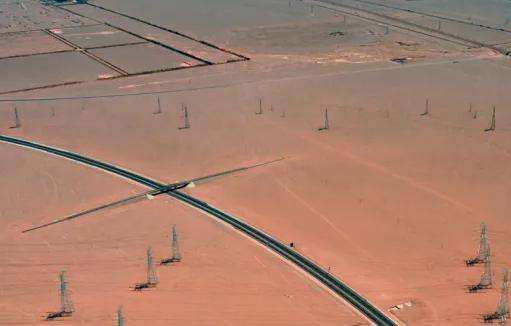A fuel cell
is a type of
chemical battery
that uses the energy released when substances undergo chemical reactions to convert it directly into electrical energy. . From this point of view, it is similar to other chemical batteries such as manganese dry batteries, lead acid batteries, etc. However, to operate, it requires a continuous supply of reaction substances, fuel and oxidizer, which is different from other ordinary chemical batteries. Because it converts the energy released by fuel during chemical reactions into electrical energy, it is called a fuel cell.
More precisely, a fuel cell is a “generator” that uses the
reverse reaction of water electrolysis
. It consists of a positive electrode, a negative electrode, and an electrolyte plate sandwiched between the positive and negative electrodes. IniOriginally, electrolyte plates were formed by infiltrating electrolytes into porous plates, but they are currently being developed to use solid electrolytes directly.
During operation, fuel (hydrogen) is supplied to the negative electrode and oxidizer (air) is supplied to the positive electrode. Hydrogen decomposes into positive
H+ ions and e- electrons at the negative electrode.
Hydrogen ions
enter
into the electrolyte
, while electrons move along the external circuit towards the positive electrode. The electrical load is connected to the external circuit. On the positive electrode, oxygen from the air and hydrogen ions from the electrolyte absorb electrons arriving at the positive electrode to form water. This is the reverse process of the water electrolysis reaction.
Thanks to this principle, the fuel cell can continuously transmit energye outwards during operation, it can therefore also be called a “generator”.
Generally speaking, when writing the
chemical reaction equation of a fuel cell
, you should pay close attention to
p>
acidity and alkalinity of the electrolyte
p>
The electrode reaction that occurs on the positive and negative electrodes
< p>is not isolated, it is often associated withelectrolytic solution
Close contact. For example, there are two types of hydrogen-oxygen fuel cells: acidic and alkaline. In acid solution, the reaction formula of the negative electrode is: 2H2-4e-==4H+
The reaction formula of the positive electrode is: O2+4H++4e- ==2H2O ; If it is in an alkaline solution, it is impossible for H+ to appear, and in an acidic solution, it is impossible for OH- to appear.














